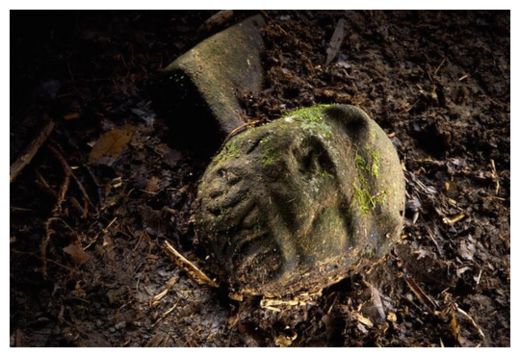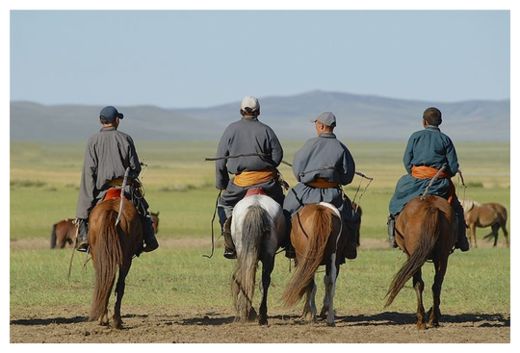OF THE
TIMES


In September 2012, Fr Thomas L. Brodie, O.P., of the Irish Province, published Beyond the Quest for the Historical Jesus. In this 'Memoir of a Discovery', the author, already well-respected for his commentaries on the Gospel of John and for his study, The Birthing of the New Testament, stated categorically that his studies proved that Jesus did not exist as a historical person. He had expected that reviewers or commentators would understand from his earlier works that this was the position he had held since the 1970s. But there had been no such recognition; and the time, he believed, had come to state his views bluntly.And so, at the age of 71 years, Thomas L. Brodie appears to have been condemned to live out the rest of his life in silence in exchange for retirement care.
Because this claim was so much at odds with Christian tradition, in November 2012, the Prior Provincial of Ireland, Fr Gregory Carroll, O.P., instructed that, while the controversy about the book was being addressed, Tom Brodie must withdraw from all ministry and from any teaching or writing, or contacting the media. Co-incidentally, at about the same time Tom Brodie resigned from being moderator and director of the Dominican Biblical Institute Limerick.
Under Dominican Order procedures, its Irish Province set up a committee of five experts from within the Province to examine the work under dispute.
After providing Tom Brodie with written copies of their assessments of Beyond the Quest, and having received a written response from him, the committee spent a morning discussing the work with him. Following on these deliberations, the committee advised that they judged Beyond the Quest to be "imprudent and dangerous" (a phrase from the Order's own legislation). Accepting this assessment, the Provincial continued the sanctions on Tom Brodie - that he withdraw fully from ministry and from all forms of teaching, writing, or making public statements.
On 17 May 2013, at the request of Tom Brodie, Fr Gregory Carroll, Prior Provincial, referred the matter to the Master of the Order, its worldwide head.
On 29 August 2013, the Master, Fr Bruno Cadoré, appointed a committee to examine the book and report to him. This committee, made up of three professors from the University of Fribourg, Switzerland, had the Master's Assistant for the Intellectual Life, Fr Michael Mascari, as non-voting chairman. The members of this committee provided the author with written assessments of Beyond the Quest, and received from him a written response.
On 20 February 2014, the committee had a two-hour meeting in Fribourg with Tom Brodie to discuss their reports and his response. Following this meeting the committee formally advised the Master that the publication was "imprudent and dangerous", and recommended that the sanctions imposed on Thomas Brodie by the Province of Ireland were appropriate.
In a letter dated 3 March 2014, Fr Bruno Cadoré concurred with the judgement of the committee and instructed that the sanctions already in place be maintained.
Despite the restrictions placed on him, Tom Brodie remains a brother of the Irish Province, and the Province continues to care for him and provide for him. From the point of view of the Order, the matter is closed.

Comment: See also: